In prime time evening news of the Australian public broadcaster ABC TV, on 21 June 2017, the business presenter Alan Kohler tried to explain a fall in oil prices by “record oil inventories around the world”
http://www.abc.net.au/news/business/kohler-report/
Well, let’s go around the world on a map and stay where we are, in Australia. In google, type in the search word “Australian Petroleum Statistics” and you get this website:
http://www.environment.gov.au/energy/petroleum-statistics
Click on the latest issue and then on the download PDF file, in this case April 2017
Search for the word “stocks” and that brings you to tables 6 and 7
Table 7 End of month stocks of petroleum, consumption cover
In the last column “IEA days of net imports coverage it is 89.5 days for 2010/11 and 55.2 days for 2015/17. Go to the bottom of the column and it’s 50.5 days. The year-on-year decline is 3.1%. That doesn’t look like a record now. If anything, it’s a record low. Let’s put that into a graph:
 Fig 1: Australia’s net imports coverage in days as defined by IEA
Fig 1: Australia’s net imports coverage in days as defined by IEA
Australia is a member of the IEA (International Energy Agency)
 Fig 2: Australian Prime Minster shaking hands with IEA’s Fatih Birol, Feb 2017
Fig 2: Australian Prime Minster shaking hands with IEA’s Fatih Birol, Feb 2017
We check the coverage on the IEA website and find 48 days for March
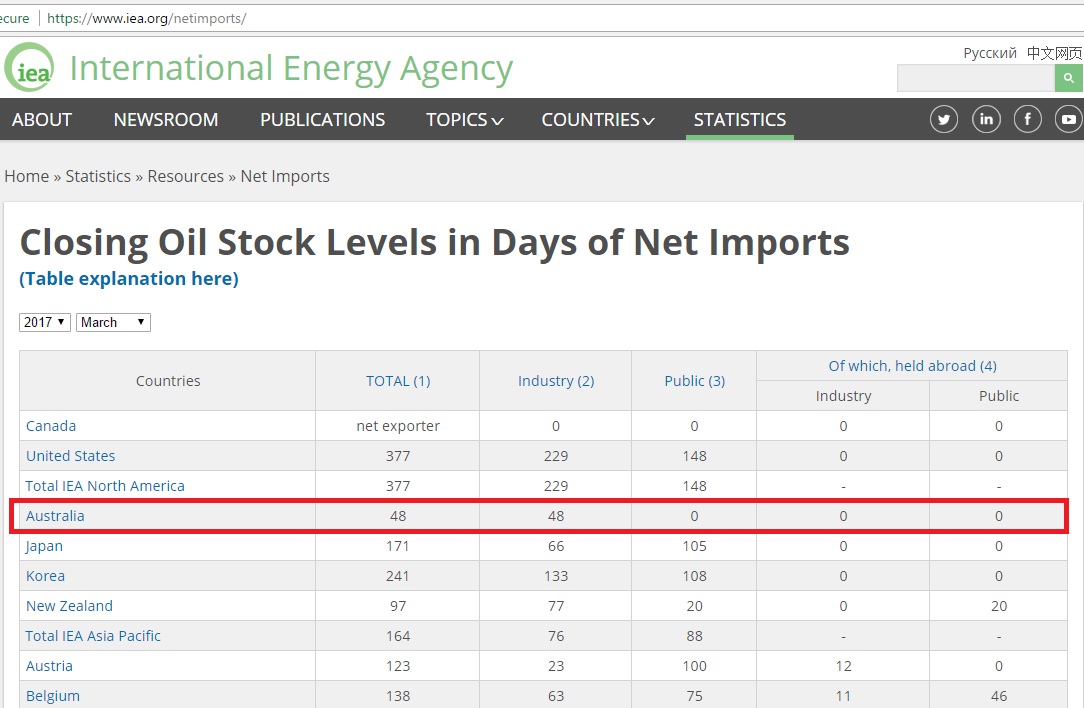
Fig 3: Australia in comparison with other countries
https://www.iea.org/netimports/
But this number of 50 days is just a calculated average of all oils and fuels. In terms of consumption cover for crude oil and the most important fuels the numbers are much lower as shown in the following graphs.
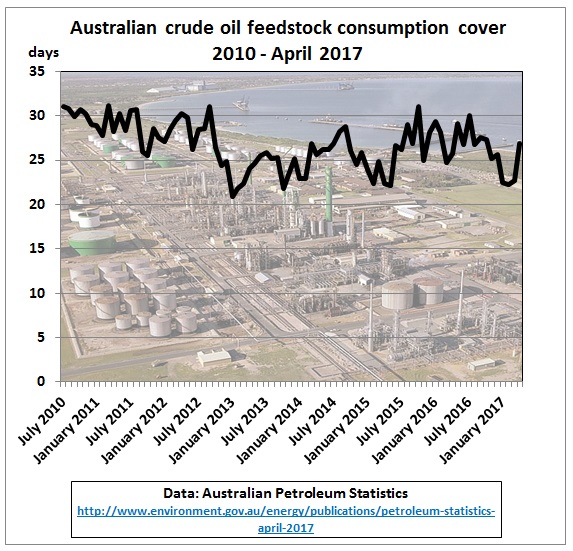 Fig 4: Australian crude oil stocks between 20 and 30 days
Fig 4: Australian crude oil stocks between 20 and 30 days
 Fig 5: Australian petrol stocks between 15 and 27 days
Fig 5: Australian petrol stocks between 15 and 27 days
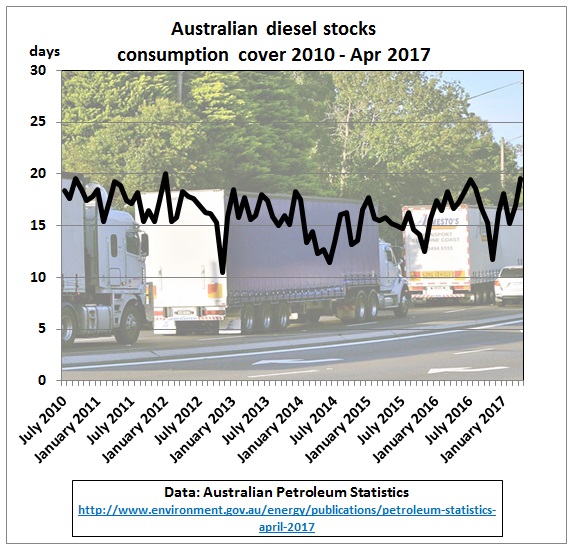
Fig 5: Australian diesel stocks between 10 and 20 days
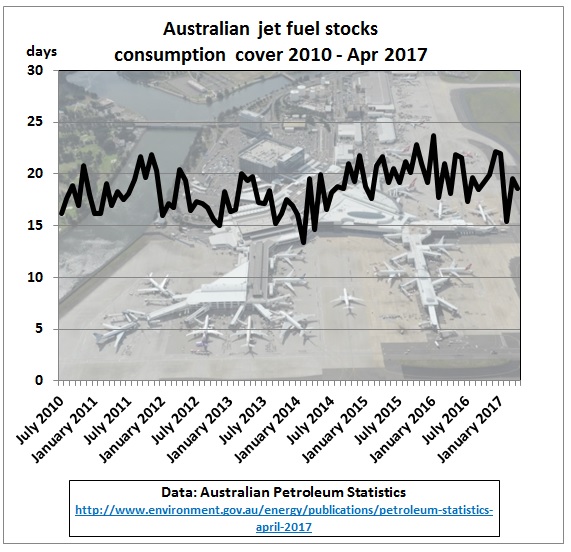 Fig 6: Australian jet fuel stocks between 15 and 25 days
Fig 6: Australian jet fuel stocks between 15 and 25 days
So what actually is on record high?
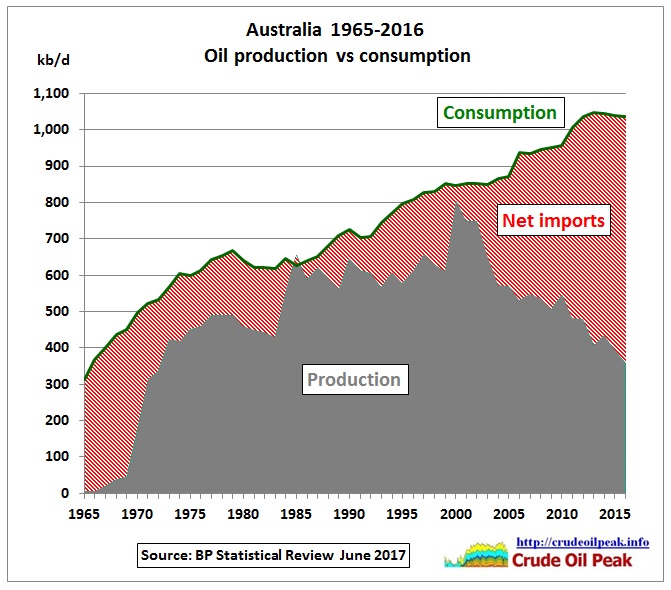
Fig 7: Australia’s oil production, consumption and net imports
Yes, you guessed it. With a long term decline of oil production since the peak in 2000 it’s net oil imports which are on a record high (677 kb/d) in 2016, having increased by an average of 5.4% pa over the last 5 years
Fact check assessment
Let’s not be too harsh with a journo who can present interesting graphs but gets it consistently wrong on oil:
Not the full story
Where is Australia going?
In terms of oil stocks, where is Australia going? On 25/6/2015 a Senate Committee on
Australia’s transport energy resilience and sustainability
delivered its final report. I had participated in the hearings and presented submission #39.
2 years down the track, no action was taken. One reason for this is that there is no public pressure on this issue. And there is no pressure because the public is not properly informed. Not by the public broadcaster. So Australia is going nowhere. It is turning in circles. We have to wait until there are fuel shortages. Just like we had to wait for gas shortages on the east coast to bring government into action on domestic gas. Of course now it is too late. With oil it will just be the same.
Conclusion:
Thank you, Alan, for giving us the opportunity to debunk some of the misleading information we are getting from ABC TV.
Related posts:
14/4/2017 Australia more vulnerable than ever to fuel import disruptions
http://crudeoilpeak.info/australia-more-vulnerable-than-ever-to-fuel-import-disruptions
27/9/2016 ABC TV a true believer in US shale oil supremacy
http://crudeoilpeak.info/australian-public-broadcaster-a-true-believer-in-us-shale-oil-supremacy
12/1/2016 No glut in Australian petroleum inventories
http://crudeoilpeak.info/no-glut-in-australian-petroleum-inventories
Appendix
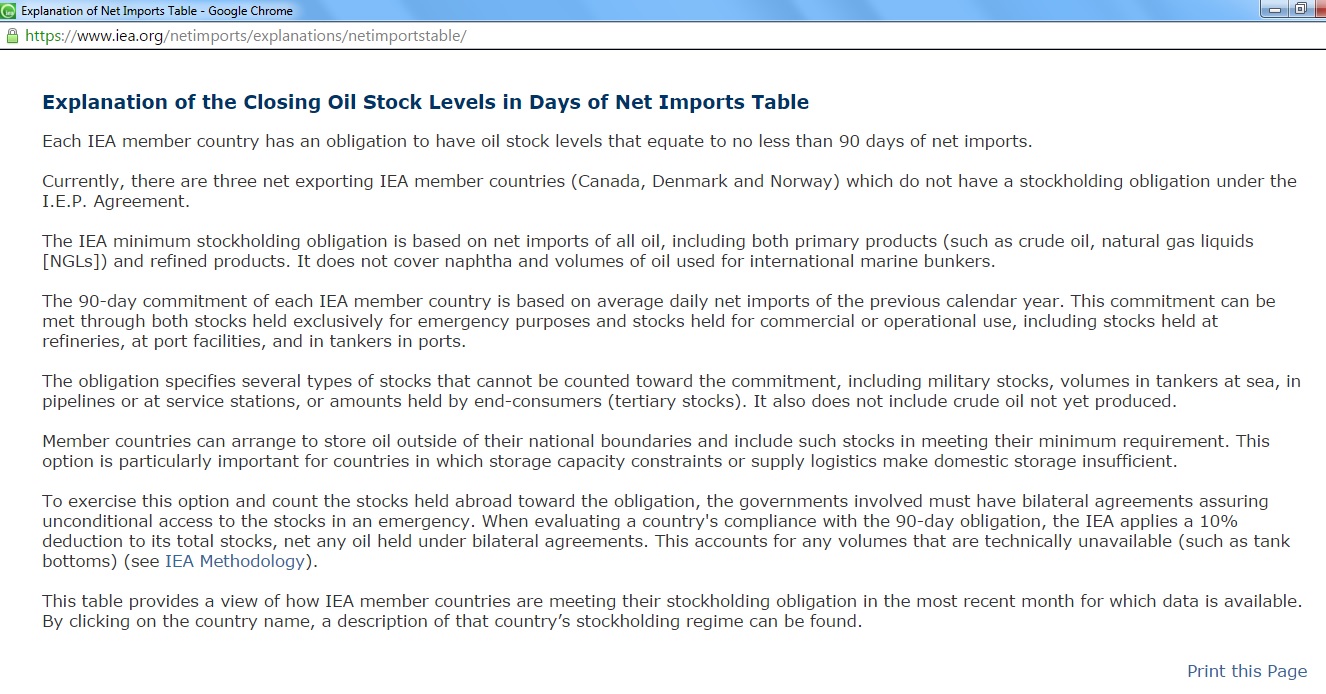 Fig 8: IEA’s definitions of stock holding requirements
Fig 8: IEA’s definitions of stock holding requirements